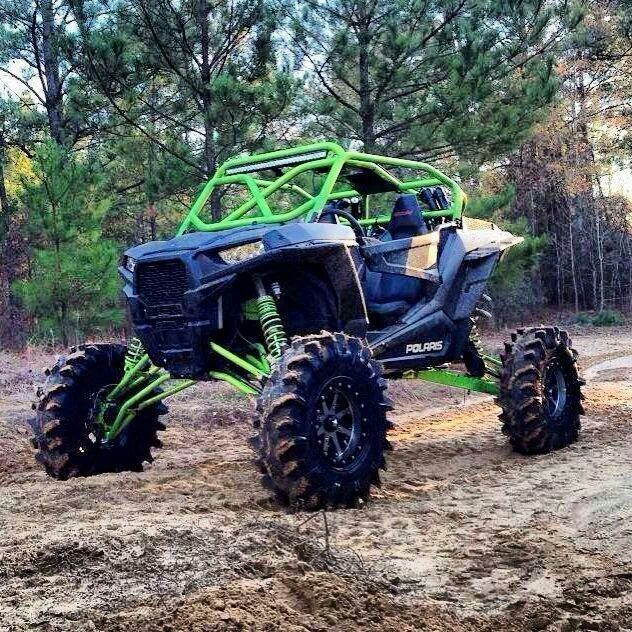Your ATV is a beast of the outdoors, seldom spending much of its life inside. The plastic body of ATVs becomes faded from the sun’s rays, and thrashing around in dirt, mud, snow, and water doesn’t help. Plastics get scuffed by boots or passing debris, and cracks can appear in the body or windshield.
There are a few options for restoring your ATV’s faded plastic so it looks like a showroom model again. These options vary in cost and difficulty. In this guide, we’ll look at all the common ways to restore the luster of your ATV’s plastic body.
Image from www.can-amtalk.com
Linseed oil can restore faded plastic, but it takes ages to dry. You want boiled linseed oil, instead. Note—this doesn’t mean you boil the linseed oil yourself! It means that the linseed oil has been pre-treated to dry faster.
To speed things along, choose boiled linseed oil and mix it with paint thinner. We recommend a 40/60 ratio of linseed oil and paint thinner.
Start by cleaning your ATV thoroughly. For best results, you’ll want to remove the rack and any other parts of the machine that are covering the plastics.
Apply the mixture to your plastics using a dry cloth. You’ll notice the linseed oil will remove the oxidization that’s causing fading. After you’ve applied the mixture to all the plastic, allow it a full day to dry.
If you keep your ATV covered and don’t use it every day, this fix will last for a few months. If you constantly use your ATV outdoors, this treatment may be required to be performed again in 4-6 weeks.
Off-road are the core piece of riding gear for ATV & UTV riders
Find out the best look for you
You’ll need good access to your ATV’s plastics, so remove the skid plates and racks. If they are severely damaged in any way, you may want to replace them completely. To complement your better-looking new plastics, you may want to strip or sand your racks and paint them with a spray-on bedliner.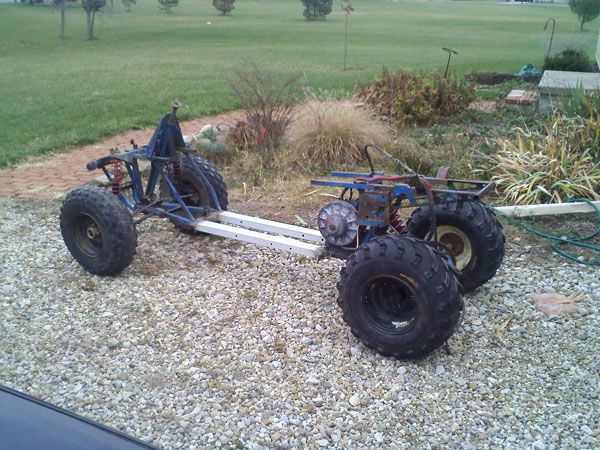
Next up, give the ATV a good clean overall. A mixture of dishwashing liquid and water will remove all the grease and oils from the surfaces.
Now it’s time to prepare the plastic for waxing. This means sanding the plastic with fine sandpaper, working your way up from the lowest number of sandpaper up to the highest. You can use an oscillating tool to speed up the process. Make sure you’re wearing safe gloves, and finish up by sanding with steel wool.
Apply a vinyl floor liquid wax to the plastic using a car wax applicator. Using thin coats, you can work on one section of the plastic while another section dries. You will need to apply several coats, buffing out the plastic after each application.
After the final coat is complete and bone dry, finish up with an automotive wax for an extra layer of sheen.
This process is more involved than the linseed oil and paint thinner fix, but it typically has a longer-lasting result.
Image from www. atvhonda.com
atvhonda.com
Instead of a linseed oil and paint thinner mixture or vinyl liquid wax, you can use a dedicated plastic restorer product. While most of these products work very well, they are basically just variations of our above options with slightly different chemical compositions.
Image from Lea Arnold YouTube channel
Using a heat gun does work to make plastics look new, but it has downsides.
To perform the procedure, you use a heat gun set to a low setting and blow it from a few inches above the problem plastic. Voila—the plastic looks as good as new.
But it’s not really an option that we recommend. It works by melting the top layer of the plastic, which in turn makes the plastic more brittle. Every time you perform a heat gun restoration, your plastics lose some strength.
Where we would suggest using a heat gun is to work out small cracks in the plastic. Severe cracks necessitate replacement, though.
These are the top ways to restore your ATV plastic. Another option is to cover your faded plastic with a new lick of paint from a spray paint that’s specifically suitable for plastic. Whatever option you choose, with just a little bit of elbow grease you can have your ATV back in showroom condition.
SPORTSMAN Black
36 EUR
32.40 EUR
HIT
ENDURO LIGHT Graphite
the most durable
458 EUR
HIT
ENDURO Camogrey
the most durable
657 EUR
ENDURO Graphite
the most durable
279 EUR
HIT
ENDURO Graphite
the most durable
657 EUR
-28%
AQUAMASTER-ZIP LIGHT Camogrey
with central zipper
598 EUR
430.40 EUR
HIT
ENDURO LIGHT Camogrey
the most durable
458 EUR
-12%
AQUAMASTER LIGHT Red
reliability & comfort
438 EUR
386.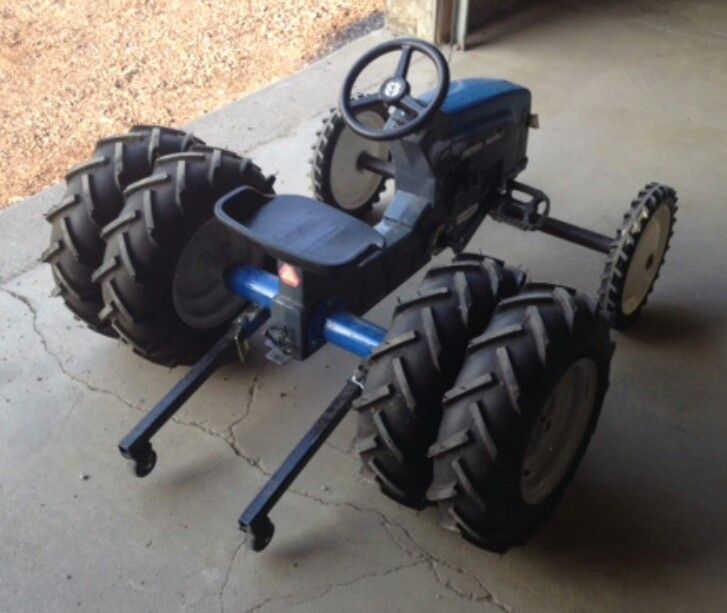 20 EUR
20 EUR
NEODRY Black
17 EUR
11.90 EUR
ENDURO Camogrey
the most durable
279 EUR
AQUAMASTER Blue
reliability & comfort
647 EUR
-20%
HIT
AQUAMASTER Red
reliability & comfort
259 EUR
207.20 EUR
-40%
HIT
AQUAMASTER Orange
reliability & comfort
259 EUR
155.40 EUR
AQUAMASTER Red
reliability & comfort
677 EUR
BELT
9 EUR
ENDURO BF Camogrey
bootfoot waders
528 EUR
ALL SEASON Black
62 EUR
ENDURO BF Camogrey
bootfoot waders
329 EUR
MUDWAY Graphite
179 EUR
MUDWAY Camogrey
179 EUR
Explore all
An all-terrain vehicle (ATV) is defined as "Any motorized vehicle manufactured and used exclusively for off-highway use with an unladen dry weight of 1,500 pounds or less, traveling on three, four or more non-highway tires, with either:
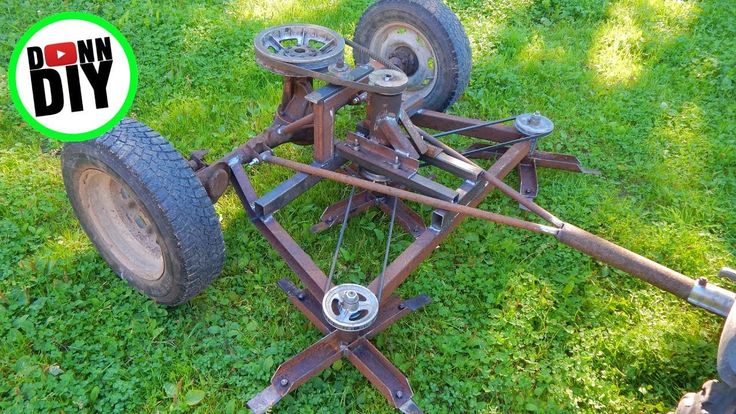 "
"
You have 30 days from the date of purchase to title and pay sales tax on your newly-purchased ATV. If you do not title the ATV within 30 days, there is a title penalty of $25 on the 31st day after purchase. The penalty increases another $25 for every 30 days you are late with a maximum penalty of $200. Our online sales tax calculator may help you calculate the taxes and fees you will pay.
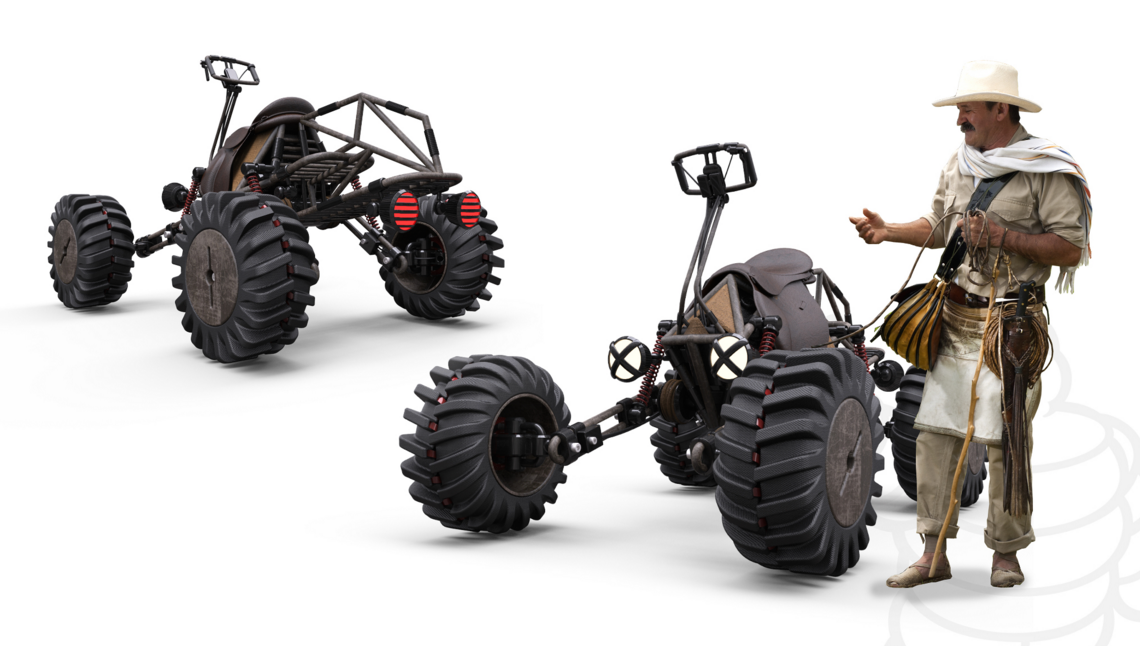
There are two convenient options:
You will be issued a registration (decal) that must be renewed every three years.
To obtain information regarding your ATV registration (decal) renewal requirements, you may visit the Department's Renewal Requirements Inquiry system.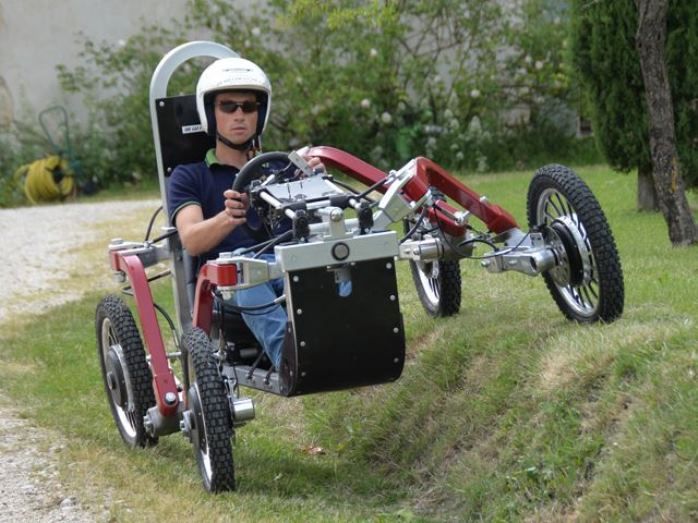
To renew an ATV registration (decal), the owner must submit the following:
There are four convenient renewal options:
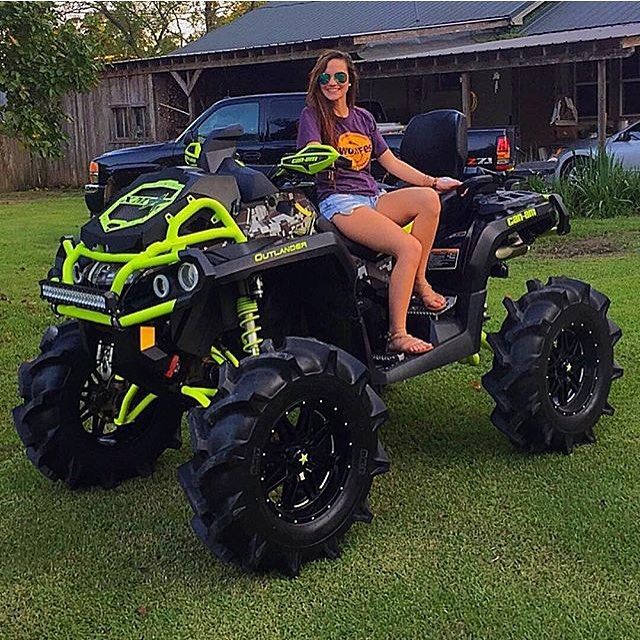
NOTE: A $5 renewal penalty will be charged if you renew your ATV registration (decal) after the expiration date.
For questions regarding equipment requirements, restrictions, and regulations regarding operation of an ATV, please refer to Sections 307.198 and 304.013, RSMo.
A utility vehicle is defined as “Any motorized vehicle manufactured and used exclusively for off-highway use which is more than 50 inches but no more than 80 inches in width, measured from outside of tire rim to outside of tire rim, with an unladen dry weight of 3,500 pounds or less, traveling on 4 or 6 wheels, to be used primarily for landscaping, lawn care, or maintenance purposes."

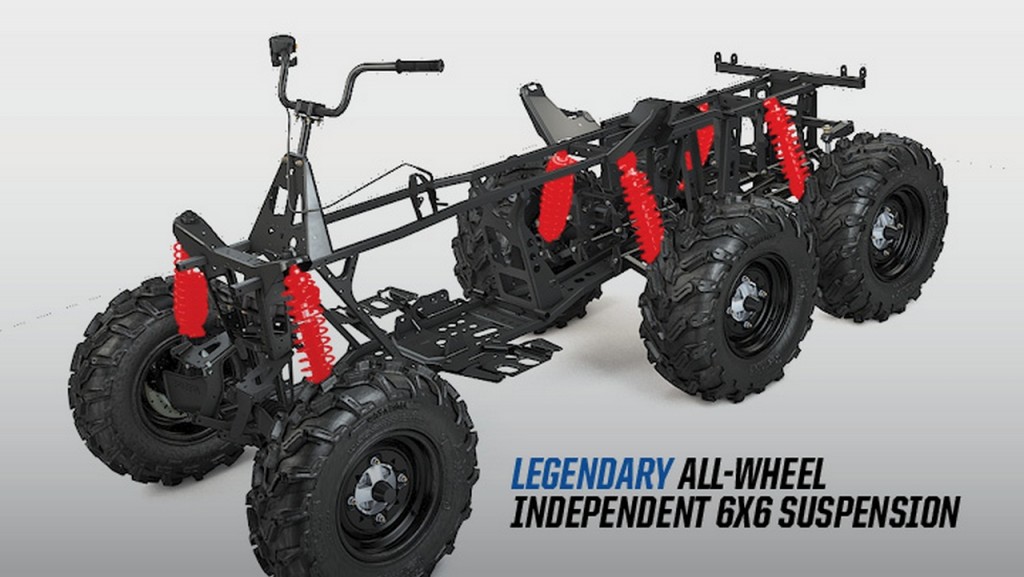
A recreational off-highway vehicle is defined as "Any motorized vehicle manufactured and used exclusively for off-highway use which is more than 50 inches but no more than 80 inches in width, measured from outside of tire rim to outside of tire rim, with an unladen dry weight of 3,500 pounds or less, traveling on 4 or more non-highway tires and which may have access to ATV trails."
Articles
08 Jan
The popularity of four-wheeled motorcycles has been growing rapidly in recent years, and many amateur engineers are trying to make a quad bike with their own hands, mainly based on old technology. The network has a lot of instructions, drawings and tips on this topic, so if you want to make an all-terrain vehicle will not be difficult. It is unlikely that an enthusiast will be able to achieve the characteristics of a modern ATV, but having certain skills, it is quite possible to turn a two-wheeled motorcycle into a four-wheeled one with your own hands. In some cases, small cars of domestic production or three-wheeled mopeds of the "Ant" type are used. nine0003
The network has a lot of instructions, drawings and tips on this topic, so if you want to make an all-terrain vehicle will not be difficult. It is unlikely that an enthusiast will be able to achieve the characteristics of a modern ATV, but having certain skills, it is quite possible to turn a two-wheeled motorcycle into a four-wheeled one with your own hands. In some cases, small cars of domestic production or three-wheeled mopeds of the "Ant" type are used. nine0003
Motor vehicles must be durable and withstand all loads during operation. Therefore, before you start making do-it-yourself ATV , you need to think through its design as much as possible, make a list of all the materials, assemblies and assemblies that will be needed. It is necessary to select drawings in accordance with the existing motor transport, which will serve as the basis for the new ATV. You should also think about engine cooling and ATV braking system. It is not particularly necessary to invent here, but it is enough to take suitable systems and install them with your own hands.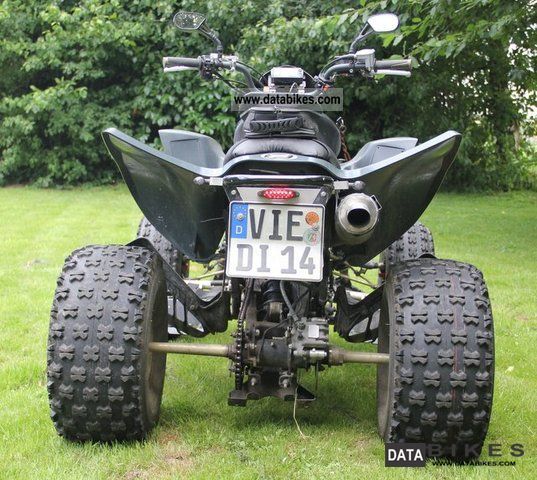 nine0003
nine0003
An existing motorcycle frame with welded round or shaped tubes will be quite reliable. One of the most important stages in the creation of do-it-yourself ATV , since the strength characteristics of the future structure proportionally depend on the correctness of the welding work. If you do not have enough work experience, it is better to entrust it to a professional welder. nine0003
To the surprise of many, the old Ural has a good four-stroke engine, but an engine from any motorcycle, and even from an OKI, is suitable for an ATV. When installing the power unit with your own hands, you need to take into account many nuances if the engine and frame are from different motorcycles. Therefore, reworking an old bike will be much easier and cheaper. The main thing is that the units are securely fixed on the upgraded frame. If no significant changes were made to the frame structure, then there will be no problems with backlash and the drive system. nine0003
The main thing is that the units are securely fixed on the upgraded frame. If no significant changes were made to the frame structure, then there will be no problems with backlash and the drive system. nine0003
ATV's handling and off-road performance must be matched to the rider's requirements, and the chassis will require work to achieve the desired result. Usually creating an ATV with their own hands, enthusiasts do not bother with all-wheel drive, making the front suspension independent. Such a solution is more expedient from an economic and practical point of view, but if all-wheel drive equipment is really needed, it is better to find factory units. Considering that there will not be a big load on the front suspension of the ATV, you can give free rein to your imagination and make it completely unique with your own hands. nine0003
It is better to make the rear suspension of the gear-cardan type, since such a design will be relatively light. If you install the rear axle of the car, then it needs to be shortened, and still the quadrocil with your own hands will turn out to be very heavy.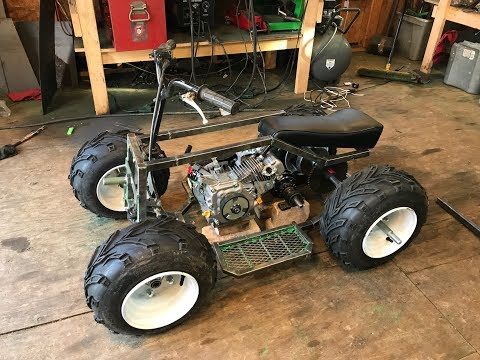 The advantage of a car rear suspension will be a differential, but first you should consider whether it is needed, given the complexity of the work. Before finally fixing the motor and gearbox, it is necessary to tension the chain between them in order to check the operability of the drive system. nine0003
The advantage of a car rear suspension will be a differential, but first you should consider whether it is needed, given the complexity of the work. Before finally fixing the motor and gearbox, it is necessary to tension the chain between them in order to check the operability of the drive system. nine0003
The front suspension of the old motorcycle will undergo significant changes that will affect the steering. Two wheels can only be turned if there is an automotive system of levers and rods, which is thought out in the manufacture of the front suspension. The connection of the steering wheel with the rod ends is carried out using a shaft made of a metal pipe. When making DIY ATV , enough attention must be paid to the steering, otherwise riding it will not be safe. nine0003
Engine cooling is a more complex issue when building an ATV, and the air system will most likely be the choice. The simplest and most effective option would be to transfer forced cooling from an old car.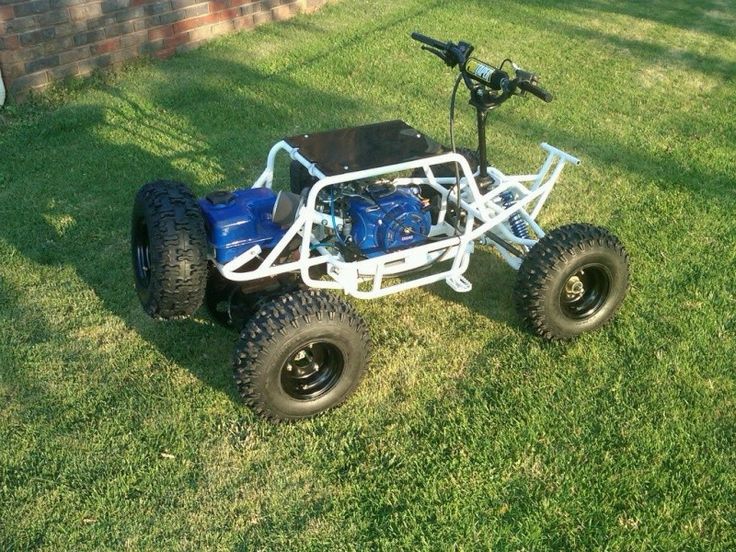 This will allow you to operate a do-it-yourself ATV in the hottest weather without fear of overheating of the power unit.
This will allow you to operate a do-it-yourself ATV in the hottest weather without fear of overheating of the power unit.
It is clearly not necessary to save much on the brake system, so it is better to purchase new elements. A do-it-yourself ATV created should allow you to perform various maneuvers, and if necessary, the owner could quickly stop it. The most effective at the moment is a hydraulic disc brake system, but an amateur may have difficulty installing it. nine0003
One of the final stages will be wiring, connecting optics and other electrical appliances. The main thing is to insulate all connections with high quality and make them inaccessible to water. Lighting devices, heating and many other electrical equipment are best purchased in specialized salons.
Homemade appliances are often inferior in design to branded models, which is quite natural. Although, if you want to make an outwardly beautiful ATV with your own hands with a minimum set of tools. It is possible that original mounted parts will do, but this will always lead to an increase in the cost of the ATV. Self-manufacturing of exterior elements from thin sheet metal is probably the only right decision, since an amateur engineer will always have the opportunity to bring his achievements to life. The network has a lot of photos of ATVs, made by hand, outwardly not inferior to modern models. You need to understand that it will not work to achieve the characteristics of even a budget ATV, therefore, the created motor vehicles must be operated carefully, without subjecting it to heavy loads in high-speed mode. nine0003
It is possible that original mounted parts will do, but this will always lead to an increase in the cost of the ATV. Self-manufacturing of exterior elements from thin sheet metal is probably the only right decision, since an amateur engineer will always have the opportunity to bring his achievements to life. The network has a lot of photos of ATVs, made by hand, outwardly not inferior to modern models. You need to understand that it will not work to achieve the characteristics of even a budget ATV, therefore, the created motor vehicles must be operated carefully, without subjecting it to heavy loads in high-speed mode. nine0003
Articles
08 Feb
After a long wait for rides, the last thing you want is to face a breakdown in the middle of the forest, and then spend part of the season for repairs. Therefore, it is very important to properly service the ATV after the winter - change the oil, lubricate everything you need, make sure there are no backlashes and smudges, check the tightness of the bolts and nuts. We will talk about everything in more detail in the article. nine0003
Therefore, it is very important to properly service the ATV after the winter - change the oil, lubricate everything you need, make sure there are no backlashes and smudges, check the tightness of the bolts and nuts. We will talk about everything in more detail in the article. nine0003
This is important, because over time the oil loses its properties - because of this, heat is worse removed and friction between parts increases. All this leads to accelerated wear.
Please note that the ATV engine can only be filled with special oil for motorcycles - this is due to the clutch in an oil bath. And it is advisable to use what the manufacturer recommends, as it guarantees stable operation under increased loads. For example, for CFMOTO there is a special line of CFMOTO G-Motion oils. nine0003
Two things are checked:

The air filter prevents dust and small particles of dirt from entering the engine, so it is important to keep it in good condition. nine0003
To clean the foam filter, wash it in warm water with Fairy or in a special agent, wring it out a little (do not twist it) and dry it. After that, impregnation with oil for filters is necessary.
When driving, the radiator becomes clogged with seeds, grass, lint and dirt. If you do not clean it, the next ride can turn into a test - a long road to the house with constant stops to cool the engine.
It is better to clean the radiator with a compressor by removing the protective grille. It is undesirable to use a pressure washer due to the risk of damaging the honeycombs. nine0003
It is best to move the radiator to the front luggage area - it is more convenient to service, you can safely overcome puddles and other water obstacles without fear of subsequent overheating of the engine due to stuck dirt.
Important: if you plan to dive deep into the water, it is obligatory to install snorkels, seal the wiring and remove the breathers - without this, it is highly likely that the swim will end tragically for the equipment.
During long storage, gasoline deteriorates - fractions evaporate, the octane number becomes lower, oxidation and precipitation occur. If you drive on such fuel, the piston group and the fuel system may suffer, so it is better to fill in fresh. nine0003
There should be no play - try to shake all the rods and levers by hand. You also need to make sure that there are no oil smudges on the shock absorbers.
It is necessary to check the cardan shafts for play, make sure that there are no breaks or damage on the anthers of the CV joints.
It is also important to inspect the variator belt: if there are cracks or broken teeth, a new one must be installed. The variator itself can be blown out with compressed air. Lubrication of its individual parts is required only if it is indicated in the instruction manual (it all depends on the ATV model). nine0003
The variator itself can be blown out with compressed air. Lubrication of its individual parts is required only if it is indicated in the instruction manual (it all depends on the ATV model). nine0003
Timely renewal of grease will help extend the life of the components. Depending on the model of the ATV, the number and location of injection points may be different. Usually they are on the suspension arms, crosses and spline joints of cardans, steering knuckles.
To do this, take the wheel on the sides and shake it in different directions, jacking up the ATV. If there is play, the wheel bearings are most likely worn out, less often the bushings. nine0003
Check:
Recommended ATV tire pressure can be found in the owner's manual and also on the machine itself, usually near the left rear fender.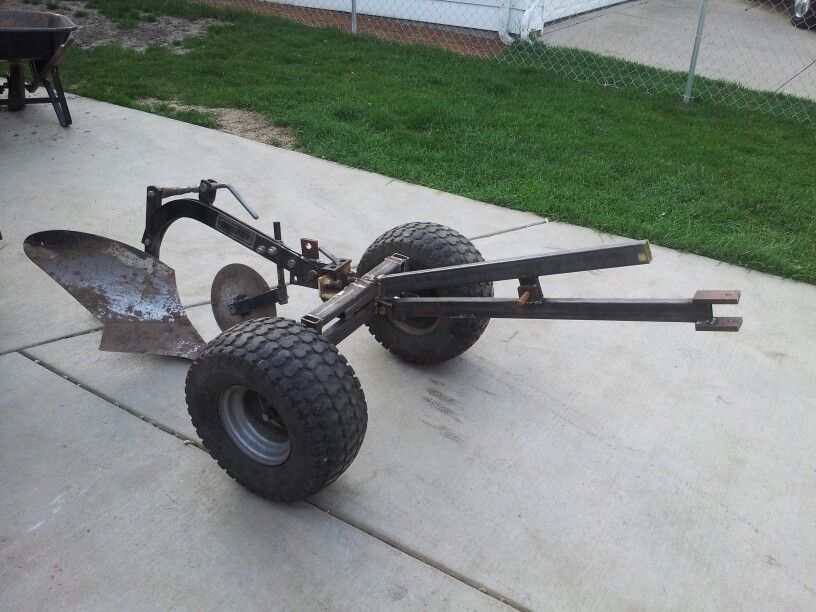 nine0003
nine0003
It is not necessary to be guided by the value indicated on the tires themselves - this is the maximum pressure that the tire can withstand.
Apply a protective spray or electrical lubricant to the contacts and connectors to prevent moisture ingress and malfunction of the ATV.
Even before the season, you must make sure that the high and low beams, side lights, emergency alarm, power steering, turn signals, horn, winch and heating are functioning normally. nine0003
Normally, the battery charge is from 12.5 V. If it is less, it should be charged. Plaque on the terminals, cable lugs and the battery case itself can be removed with a sponge moistened with a solution of baking soda in water.
